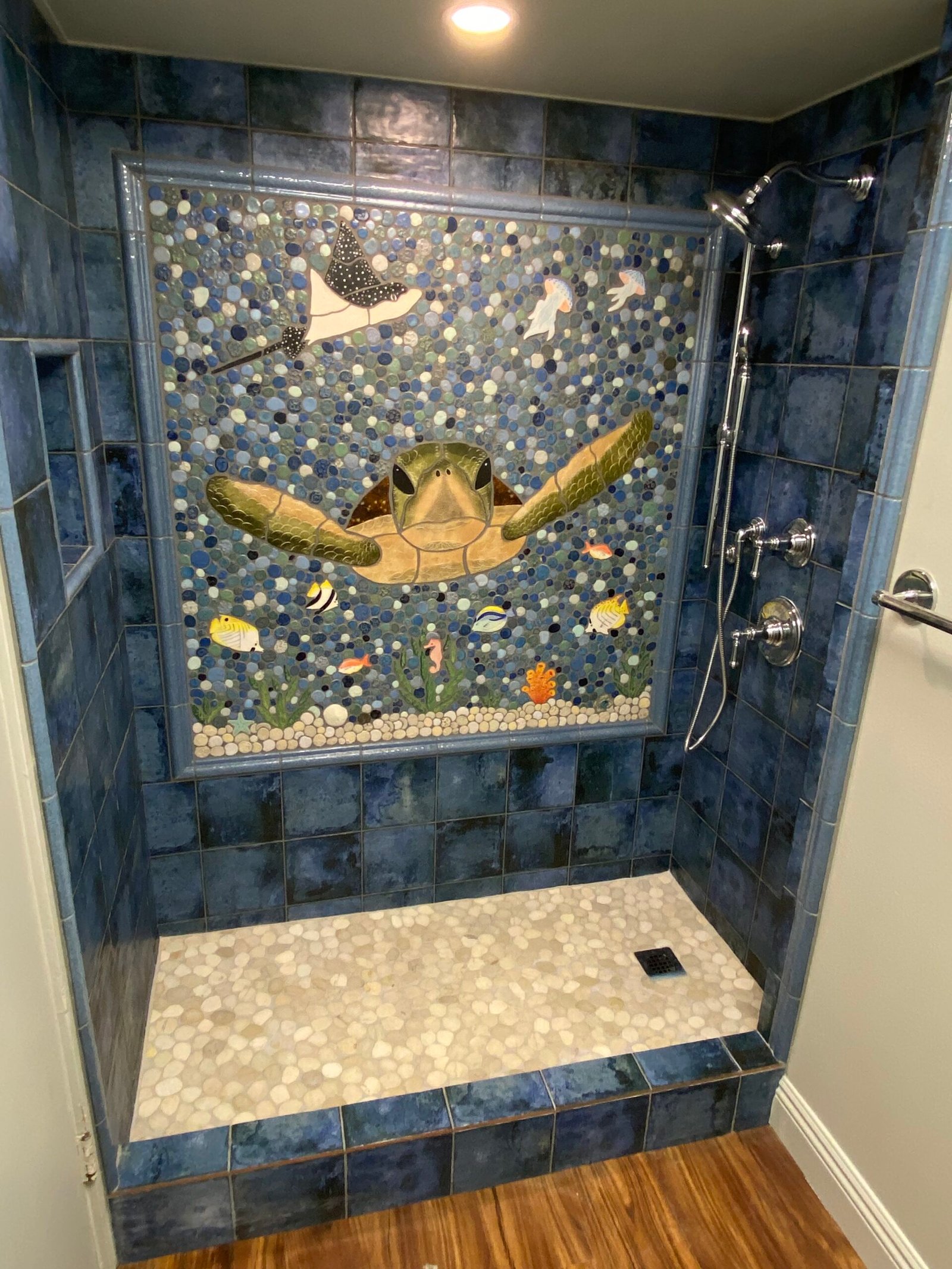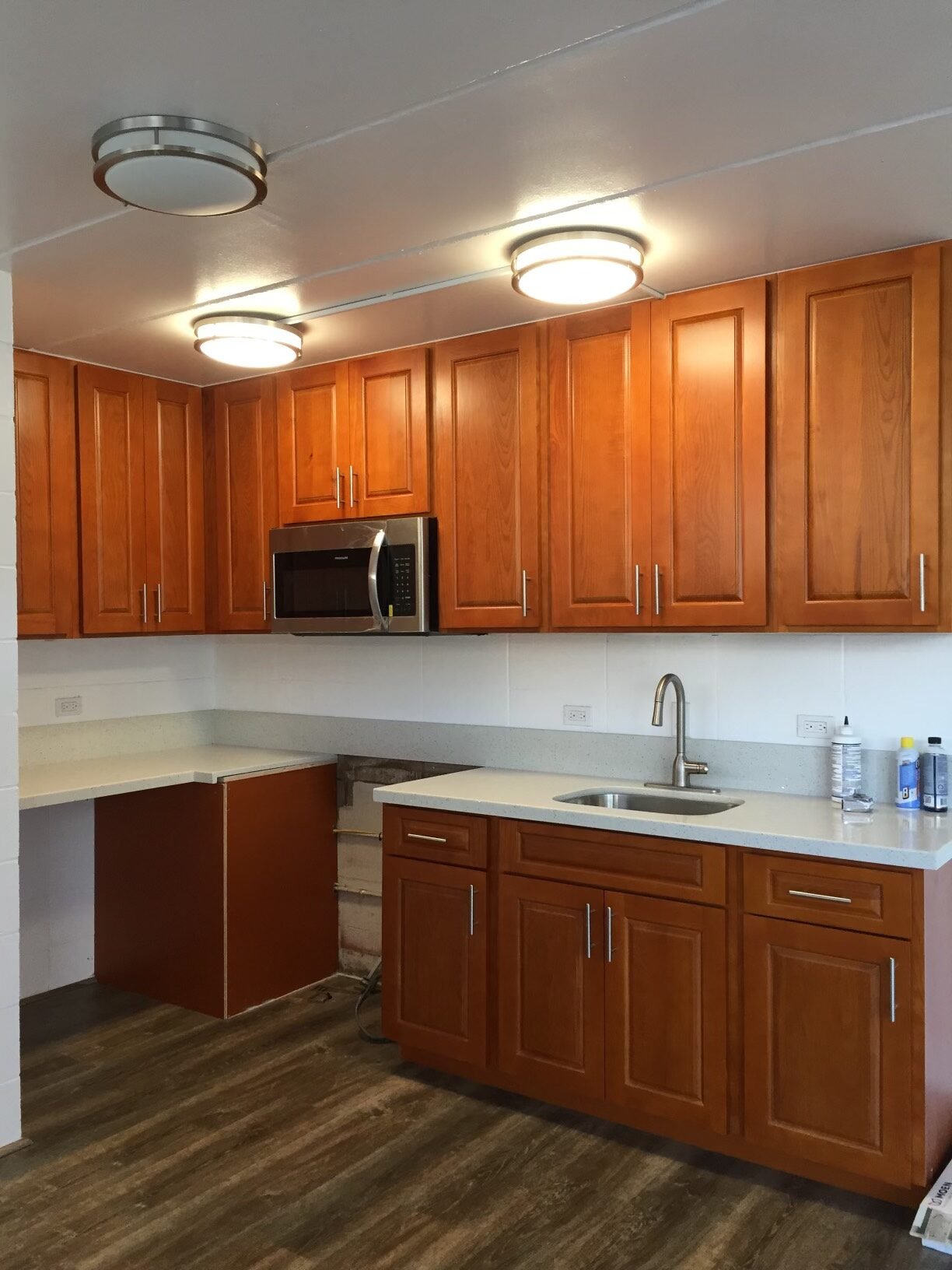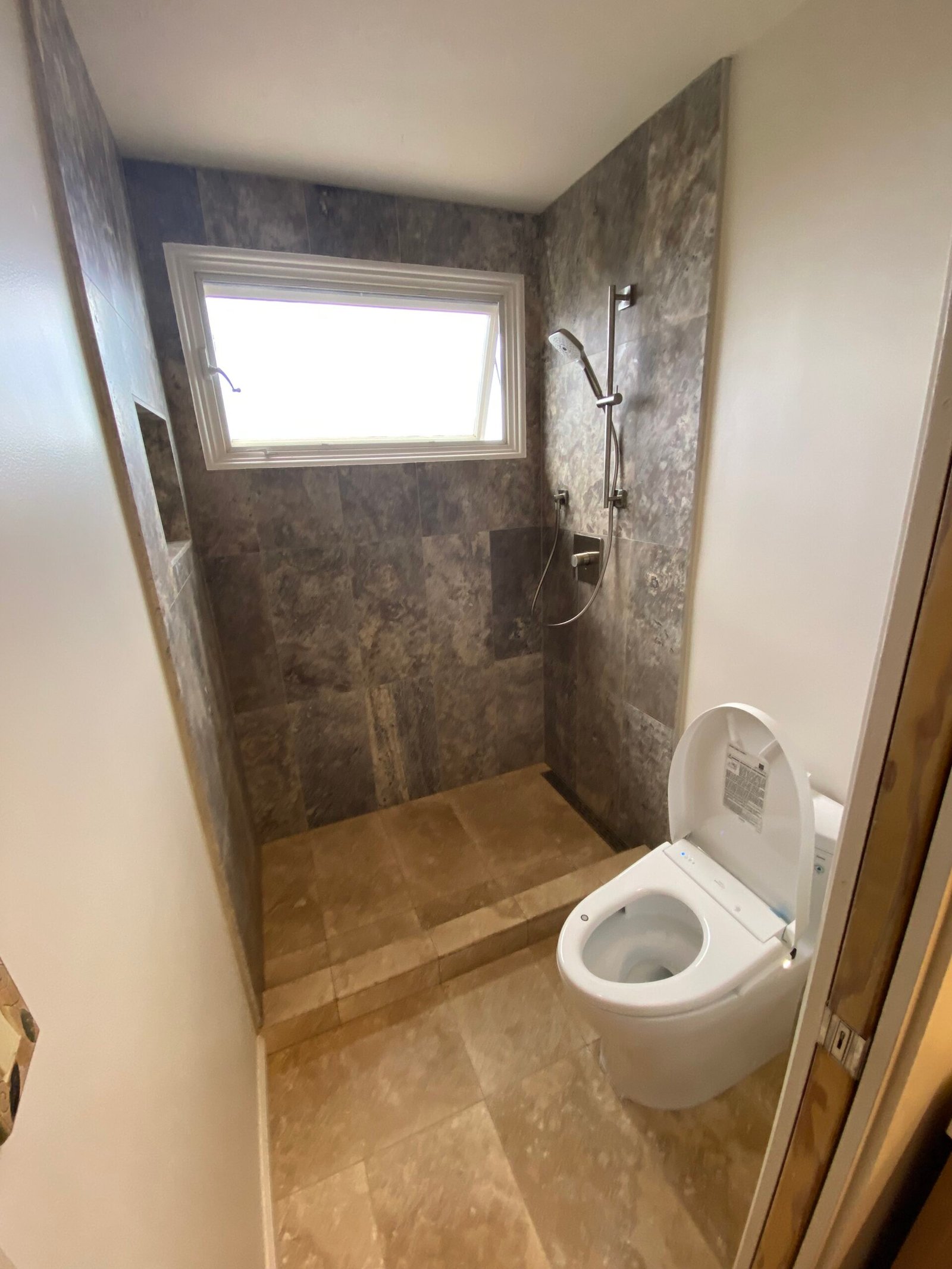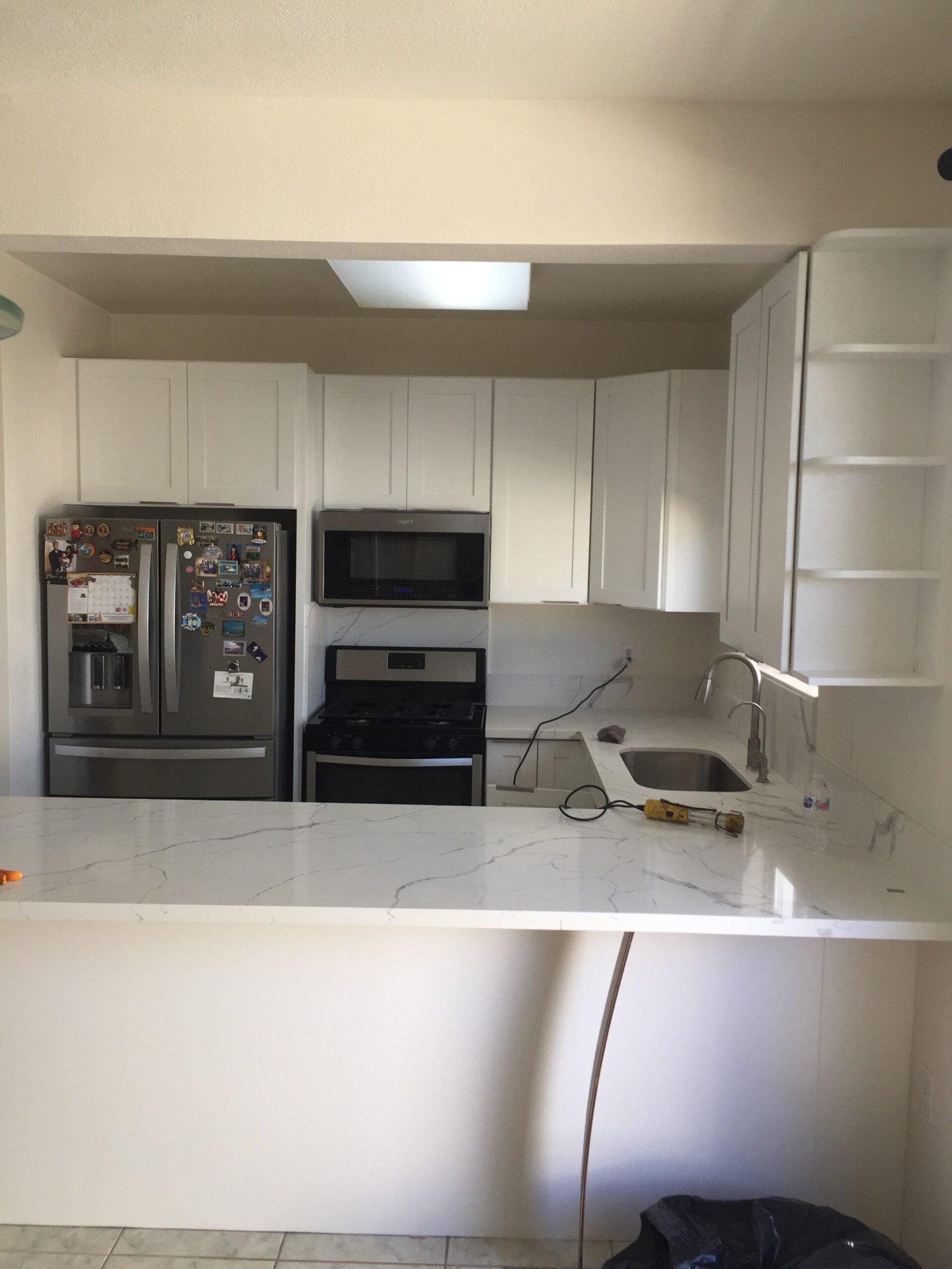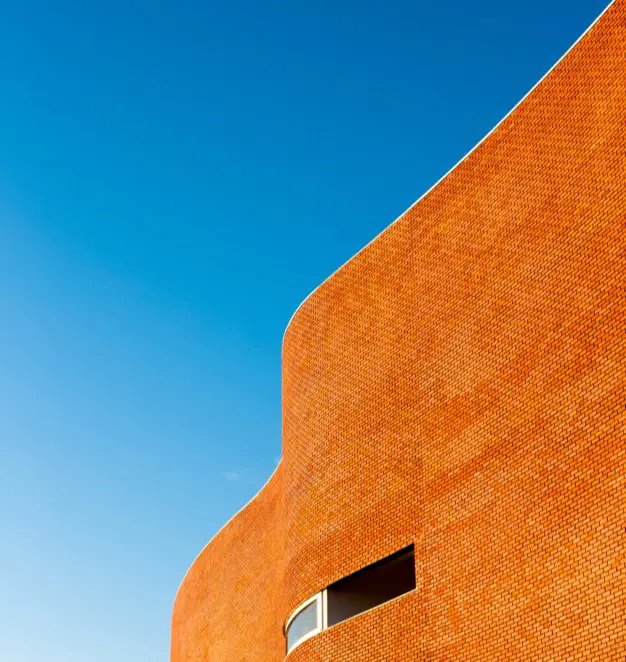Whether you’re upgrading your home or enhancing your business space, successful renovation projects require careful planning, quality materials, and expert execution. From bathroom remodeling and kitchen remodeling to essential plumbing updates and fresh paint jobs, understanding the fundamentals of commercial and residential renovation can save you time, money, and headaches down the road.
In this comprehensive guide, we’ll explore the essential elements of successful renovation projects, covering everything from plumbing considerations to countertop installation best practices. Whether you’re a homeowner planning your next upgrade or a business owner looking to refresh your commercial space, these insights will help you make informed decisions throughout your renovation journey.
Understanding the Difference Between Commercial and Residential Renovations
Residential Renovation Considerations
Residential renovations focus on creating comfortable, functional living spaces that reflect personal style and meet family needs. Common residential projects include kitchen remodeling, bathroom remodeling, interior painting, and countertop upgrades. These projects typically involve working within existing home layouts while maximizing both functionality and aesthetic appeal.
When planning residential renovations, homeowners should consider factors like daily routines, family size, entertaining needs, and long-term value. Kitchen remodeling projects, for example, should balance cooking efficiency with social spaces, while bathroom remodeling should prioritize both luxury and practicality.
Commercial Renovation Requirements
Commercial renovations must meet different standards, including accessibility requirements, building codes, and business operational needs. These projects often involve larger scale plumbing systems, specialized painting requirements for high-traffic areas, and durable countertop installations that can withstand constant use.
Commercial spaces also require renovations that minimize business disruption while ensuring compliance with local regulations and industry standards. The materials and techniques used in commercial projects typically prioritize durability and maintenance efficiency over residential comfort features.
Essential Plumbing Considerations for Renovation Projects
Pre-Renovation Plumbing Assessment
Before beginning any kitchen remodeling or bathroom remodeling project, a thorough plumbing assessment is crucial. This evaluation should identify the age and condition of existing pipes, water pressure levels, and potential issues that could complicate renovation plans.
Older homes and commercial buildings may have outdated plumbing systems that require updates to support modern fixtures and appliances. During bathroom remodeling projects, consider whether existing plumbing can handle new shower systems, dual-flush toilets, or luxury bathtubs. Similarly, kitchen remodeling often requires plumbing modifications for dishwashers, garbage disposals, and upgraded sinks.
Plumbing Upgrades That Add Value
Strategic plumbing upgrades can significantly enhance both residential and commercial properties. In residential settings, consider installing water-efficient fixtures, adding convenient shut-off valves, and upgrading to modern supply lines. Commercial properties benefit from robust plumbing systems that can handle heavy usage while minimizing maintenance requirements.
When planning countertop installation in kitchens or bathrooms, coordinate with plumbing professionals to ensure proper sink placement and water line connections. This coordination prevents costly modifications later and ensures seamless integration of all renovation elements.
Common Plumbing Pitfalls to Avoid
Many renovation projects encounter plumbing-related delays due to inadequate planning or attempting DIY solutions for complex systems. Always work with licensed plumbing professionals who understand local codes and can identify potential issues before they become expensive problems.
During commercial renovations, ensure plumbing updates comply with accessibility requirements and local business regulations. Residential projects should consider future maintenance access and water efficiency standards that may affect long-term costs and property values.
Professional Painting Strategies for Lasting Results
Choosing the Right Paint for Each Application
Successful painting projects begin with selecting appropriate materials for specific environments and surfaces. Commercial painting requires durable, easy-to-clean finishes that can withstand high traffic and frequent cleaning. Residential painting allows for more decorative options but should still prioritize quality and longevity.
In kitchen remodeling projects, choose moisture-resistant paints that can handle cooking humidity and occasional splashing. Bathroom remodeling requires specialized paints designed for high-humidity environments and easy cleaning. These considerations ensure your painting investment provides lasting beauty and protection.
Surface Preparation: The Foundation of Quality Painting
Professional painting results depend heavily on thorough surface preparation. This process includes cleaning, sanding, priming, and addressing any structural issues before applying finish coats. Proper preparation ensures paint adhesion, prevents premature failure, and creates the smooth, professional appearance that enhances any renovation project.
Commercial painting projects often require specialized preparation techniques for different materials and surfaces. Industrial-grade primers and surface treatments may be necessary to achieve optimal results in business environments.
Color Selection and Design Coordination
Effective color selection coordinates with other renovation elements, including countertop installation, flooring, and fixture choices. In residential projects, colors should reflect personal preferences while maintaining broad appeal for future resale value. Commercial spaces require color schemes that support business branding and create appropriate atmospheres for customers and employees.
Consider how natural and artificial lighting affects color appearance throughout different times of day. Test paint samples in actual lighting conditions before making final selections, especially in kitchen remodeling and bathroom remodeling projects where lighting varies significantly.
Countertop Installation: Materials, Methods, and Maintenance
Popular Countertop Materials and Their Applications
Modern countertop installation offers numerous material options, each with specific advantages for different applications. Granite and quartz provide durability and elegance for both residential and commercial kitchens. Butcher block countertops offer warmth and functionality for home kitchens, while stainless steel surfaces excel in commercial food preparation areas.
During kitchen remodeling projects, consider how countertop choices affect overall design flow and functionality. Bathroom remodeling typically involves smaller countertop areas but requires materials that resist moisture and daily use while complementing other renovation elements.
Professional Installation Techniques
Proper countertop installation requires precise measurements, specialized tools, and experience with different materials. Professional installers ensure proper support structures, seamless joints, and appropriate edge treatments that enhance both appearance and functionality.
Commercial countertop installation often involves larger pieces and more complex configurations than residential projects. These installations must meet health department requirements and withstand heavy commercial use while maintaining professional appearance standards.
Maintenance and Longevity Considerations
Different countertop materials require specific maintenance approaches to preserve appearance and functionality. Natural stone surfaces need periodic sealing, while engineered materials typically require less intensive care. Plan maintenance requirements into your renovation budget and timeline to protect your countertop installation investment.
Commercial properties should establish regular maintenance schedules that prevent damage and maintain sanitary conditions. Residential countertops benefit from daily care routines that preserve beauty and extend material lifespan.
Integrating Kitchen Remodeling Elements
Planning Functional Kitchen Layouts
Successful kitchen remodeling balances workflow efficiency with aesthetic appeal. The classic work triangle concept connecting sink, stove, and refrigerator remains relevant, but modern kitchens often incorporate multiple work zones for different activities.
Consider how plumbing locations affect sink and dishwasher placement, while ensuring adequate space for countertop installation and storage solutions. Professional kitchen design coordinates all elements to create cohesive, functional spaces that meet specific needs and preferences.
Coordinating Systems and Finishes
Kitchen remodeling projects require careful coordination between plumbing, electrical, painting, and countertop installation phases. Establish clear timelines that allow each trade to complete work without interfering with others, while ensuring proper integration of all systems and materials.
Paint selections should complement countertop choices and cabinet finishes, creating cohesive color schemes that enhance the overall design. Consider how different materials and finishes will age together over time, maintaining coordinated appearance throughout the kitchen’s lifespan.
Bathroom Remodeling Best Practices
Maximizing Space and Functionality
Bathroom remodeling often involves working within limited space while maximizing functionality and comfort. Efficient layouts position fixtures to optimize available space while ensuring adequate clearances and convenient access to all elements.
Coordinate plumbing updates with fixture selections to ensure proper functionality and water pressure. Plan countertop installation around sink and storage requirements while maintaining convenient access for daily use and maintenance.
Moisture Management and Ventilation
Successful bathroom remodeling addresses moisture control through proper ventilation, water-resistant materials, and effective drainage systems. These considerations affect plumbing design, paint selection, and countertop installation methods.
Install appropriate ventilation systems that remove moisture efficiently while minimizing noise and energy consumption. Choose materials and finishes that resist moisture damage while maintaining attractive appearance and easy maintenance characteristics.
Project Management and Professional Coordination
Establishing Realistic Timelines
Successful renovation projects require realistic scheduling that accounts for material delivery, permit requirements, and coordination between different trades. Kitchen remodeling and bathroom remodeling projects typically take longer than initially anticipated due to unforeseen complications and change orders.
Build flexibility into your timeline while establishing clear milestones for plumbing, painting, and countertop installation phases. Professional contractors can provide accurate estimates based on project complexity and local conditions.
Quality Control and Final Inspections
Implement quality control measures throughout each renovation phase, ensuring work meets professional standards before proceeding to subsequent steps. Final inspections should verify that all plumbing connections function properly, painting meets specified standards, and countertop installation provides expected functionality and appearance.
Document completed work with photographs and maintain warranty information for all materials and installation services. This documentation protects your investment and facilitates future maintenance or repairs.
Conclusion: Achieving Renovation Success
Successful commercial and residential renovation projects require careful planning, quality materials, and professional execution across all elements. Whether you’re undertaking kitchen remodeling, bathroom remodeling, or comprehensive property updates, understanding the interconnections between plumbing, painting, and countertop installation ensures optimal results.
Professional contractors bring expertise, proper tools, and industry knowledge that prevent costly mistakes while delivering lasting value. From initial planning through final inspections, experienced professionals coordinate all renovation elements to create beautiful, functional spaces that meet your specific needs and exceed expectations.
Ready to transform your commercial or residential space with professional renovation services? Contact YJZ Construction today to discuss your kitchen remodeling, bathroom remodeling, plumbing, painting, and countertop installation needs. Our experienced team delivers quality results that enhance property value and create spaces you’ll love for years to come.

